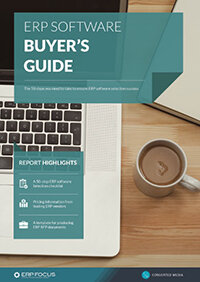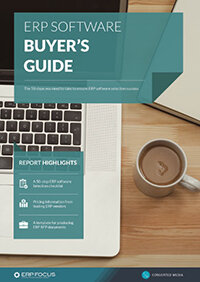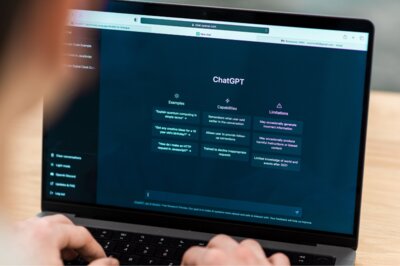What does the future hold for ERP software?
Although the ERP market is not necessarily prone to gazing into crystal balls, preferring instead to measure viability via empirical data, technology journalists like to look forward and try to pick out the trends that are set to hit our systems down the line. Here we offer our take on the future of ERP, and where the road may end up leading ERP users.
Smarter ERP mobility
Mobile smart devices integrated with ERP platforms have become more prevalent in remote management environments. While these evolutions have been emerging for nearly a decade, some developers have utilized a clean-slate approach to create smarter mobile ERP applications which take advantage of the native platforms provided by iOS and Android.
Recommended reading: 2016 ERP software buyer’s guide - selection planning, pricing information and more
Everything on these platform operates on the basis of a mobility-first approach. Consequently all functions either reside in various mobile app-clusters, or are easily integrated to operate in parallel with legacy back-ends. Just some of the highlights provided in these mobile ERP systems include; intuitive “WYSYWIG” user interfaces; native applications for Microsoft Web, iOS, or Android devices; app development that offers offline processing in the event that communications are disrupted; global device management; holistic data synchronicity in real-time, and more.
Hybrid & cloud ERP leap ahead
We’ve seen these platforms emerging since 2014, but developers have begun to refine the art of grafting cloud operations with on-premise functions in order to create more rugged and flexible ERP platforms. On top of this localized system approach, networks are beginning to extend the cloud further by initiating more intuitive clustering, thereby allowing for the emergence of a larger “hybrid-ocracy” where smart networks are coupled with others seamlessly, and real-time.
ERP in-memory becomes in-vogue
Similar to the emergence of hybrid/cloud platform evolution, in-memory architectures supporting Big Data for ERP offer extended value for resources-driven enterprises, and will continue to do so for the foreseeable future. Last year SAP and Oracle both invested deeply in this new approach, andtoday those efforts are beginning to pay off.
CRM extends further in the mobility market
CRM has fostered much of the buzz associated with ERP during the last two years, and now, with mobile-adept ERP platforms that leverage mobile tenets as core architectures, it is only logical to assume that remote CRM will become even more important going forward.
Visual BI finally becomes part of everyone’s ERP
Since ERP is all about data, and BI analytics result in extended information, it would appear that most, if not all, users should be able to apply resultant output. However, until recently, BI’s usefulness had largely come from statistical wonks residing in gloomy cube warrens, and where the only language spoken was “metric-speak.” However, things have changed and in Q3 of 2015 visual BI emerged as a potential savior for ERP’s information underclass delivering real-time dashboards, active filtering, and other useful desktop or mobile applications that even a regular ERP manager or operator can fathom and apply on a daily basis.
Free white paper

ERP software buyer's guide
Save hours of ERP selection research with this comprehensive buyer's guide

Related articles
-

Intelligent ERP systems: What AI can (and can’t) do
What AI in ERP really means for buyers in 2025
-

Secret KPI: Why Your ERP Implementation Team Matters More Than Software
Learn how Godlan ensures successful ERP implementation for manufacturers with proven strategies &...
-

How to adapt your distribution ERP to millennial buyers' needs
Understanding millennial buying habits is essential for futureproofing your distribution ERP

